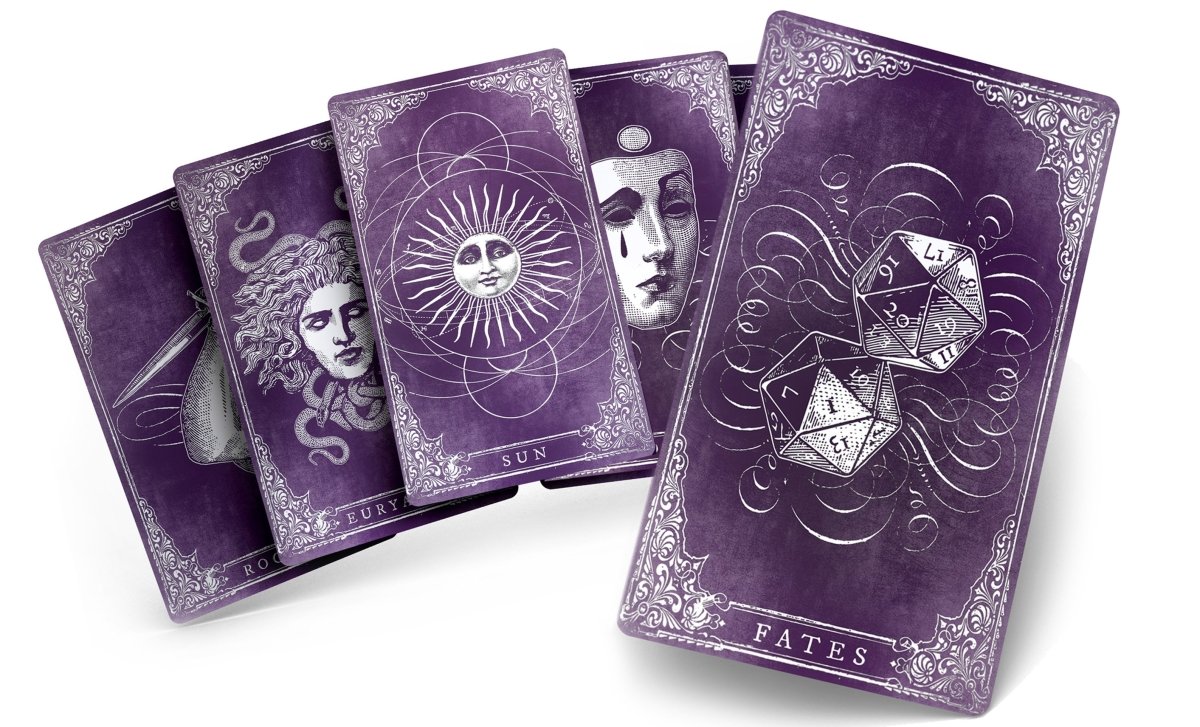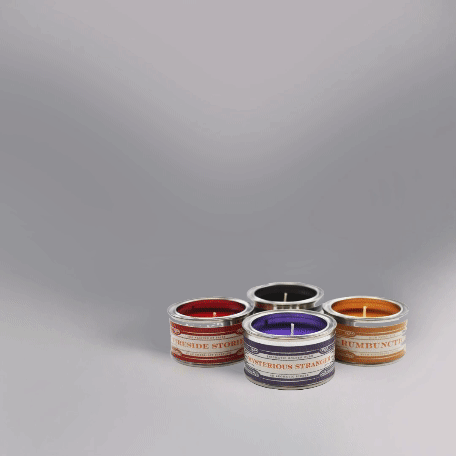
In a sunlit, airy upper-story studio, Lucy Hateley brings her 3D visions to life. Surrounded by examples of Arts and Crafts era objects, and countless examples of romantic art, her space is characterised by both historical charm and modern flair. Accompanied by her two adorable chihuahuas, who often curl up beside her as she works, Lucy’s studio is a welcoming fusion of history and creativity.

Lucy Hateley, Gametee's co-founder began 3d modelling during the pandemic years. Her models combine technical skill with an eye for beauty and detail. Approaching miniature creation with a unique perspective, Lucy hopes to bring something original to the craft in an industry where female artists are sadly few.

We're sitting in your upper-story studio in the company of your two charming Chihuahuas. Your workspace marries historical elegance with contemporary flair. It is a unique environment, and it is clear that your work draws much inspiration from historical sources in both art and literature. How do you incorporate these influences into your modern 3D designs?
Lucy: Historical art and literature profoundly shapes my 3D designs. Arthur Rackham’s evocative illustrations inspire the emotive and narrative aspects, while John Waterhouse’s romantic paintings guide my approach to lighting and colour. J.R.R. Tolkien’s rich world-building provides the fantasy archetypes we know and love, while mystical elements of Brothers Grimm fairytales add depth and lore to my creations. This blend of influences helps me craft digital art that bridges past and present, reality and fantasy. I'm inspired by this mix of historical creatives to create models that feel alive and authentic.

Your 3D models are known for their incredible detail and artistic flair. Can you walk us through your typical workflow from concept to final render?
Lucy: My workflow for creating 3D models starts with a seed of an idea. I gather resources and references to build a solid foundation for my vision. This involves collecting images, studying related artworks, and immersing myself in relevant materials.
Next, I move on to sketching. This helps me conceptualise the idea and explore different possibilities. It's a crucial step where I can experiment and refine the vision before moving into the digital realm.
Once I have a clear direction, I begin shaping the digital clay, much like a sculptor. Using 3D modelling software, I start with basic shapes and gradually add detail, constantly referring back to my sketches and resources. This iterative process allows me to tweak the model until it aligns with my initial vision.
In addition to your technical expertise, you’re also celebrated for creating diverse LGBT characters in your models. What inspires these creations and how do you approach representing LGBT identities in your art?
Lucy: As a lesbian artist, representing LGBT identities in my work is deeply personal and incredibly important to me. My inspiration often comes from my own experiences and the diverse community around me. Growing up, I didn't see many characters that reflected my identity, so I strive to create models that offer visibility and representation for others. I also draw inspiration from real stories and historical figures within the LGBT community, aiming to honour their contributions and experiences - figures like Anne Lister "the first modern lesbian." I recently visited her house, Shibden Hall, in West Yorkshire, which greatly informed my 3d depiction of Anne. My series of Play it Proud models are a light-hearted fantasy take on a Pride celebration that feels genuine and empowering. The model of Carmilla and Laura is inspired by Sheridan La Fanu's vampiric tale Carmilla, a book written some 25 years prior to Bram Stoker's Dracula. It is an early example of a Sapphic tale, and I have chosen to represent these little-known figures in order to introduce Carmilla to a new audience.
It is important to realise that LGBT characters have strengths, flaws, dreams, and struggles beyond their sexuality or gender identity. So while I believe in seeing and representing, I try to do so with an authentic, humanistic, and holistic approach.

Can you share a recent project that pushed your skills to the next level and what you learned from the experience?
Lucy: Recently, I've been developing my skills in the complex field of cutting and keying. In its most basic meaning, cutting and keying means taking a model apart and dividing it into chunks. This is performed to ensure ease of printing, however, chiefly, it is used to make life easier for painters. When modelling, it is easy to create voids and places in the model where a paint brush cannot reach. Cutting and keying resolves those problems and enables the creation of resin kits - something we are developing at Gametee for future Kickstarters.
Outside of your professional work, do you have any personal projects or hobbies that you’re passionate about?
Lucy: Running a business while being creative takes lots of time, but as you can see, I love collecting historical art. I love sewing, particularly making Victorian-style lampshades, and when I'm not at my desk, you can usually find me in my garden - a space I immensely enjoy, and have transformed from a bare lawn into a haven for pollinators and wildlife. If you walk through the garden, you'll find statues of pixies, dragons, green men and fairies in the long grass, creating a whimsical atmosphere. It's my personal retreat where I can relax and find inspiration away from the digital world.
To view Lucy's work, visit 3d Models on Gametee.



